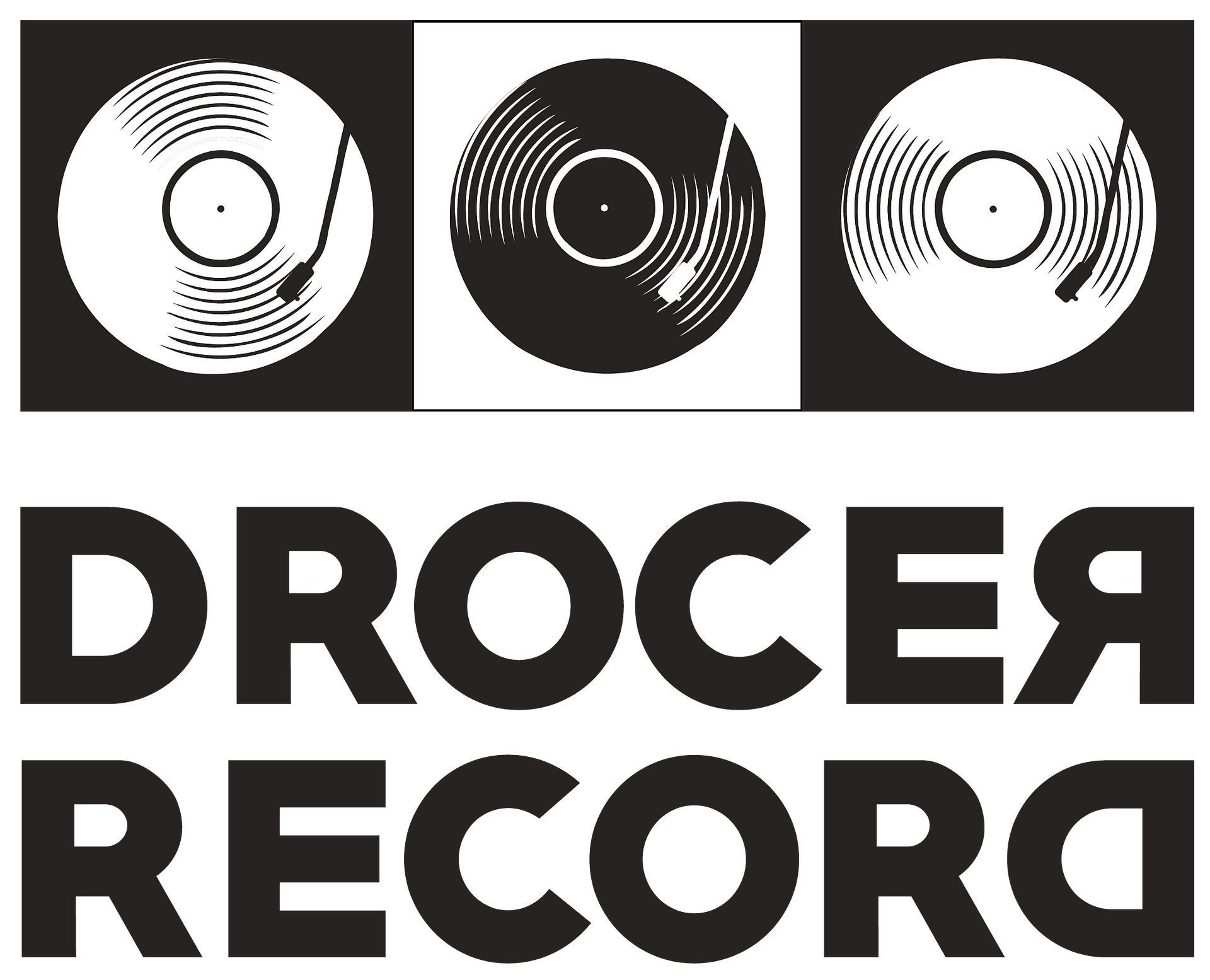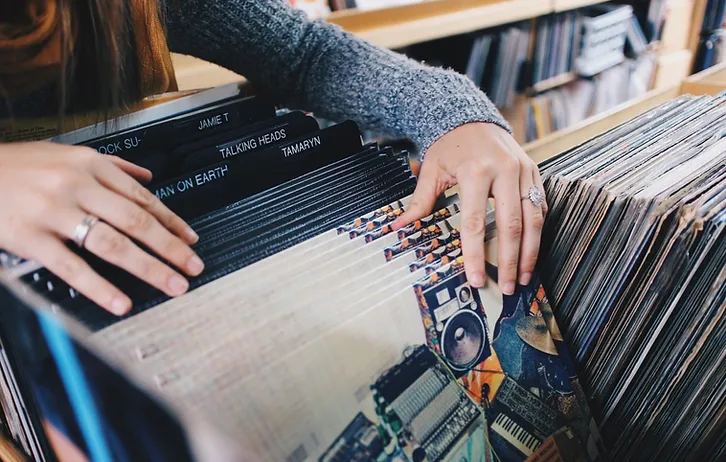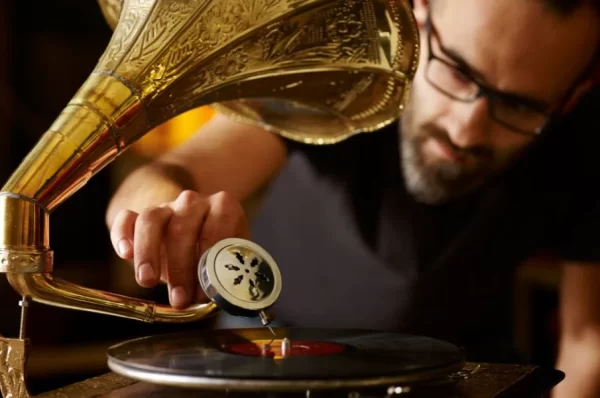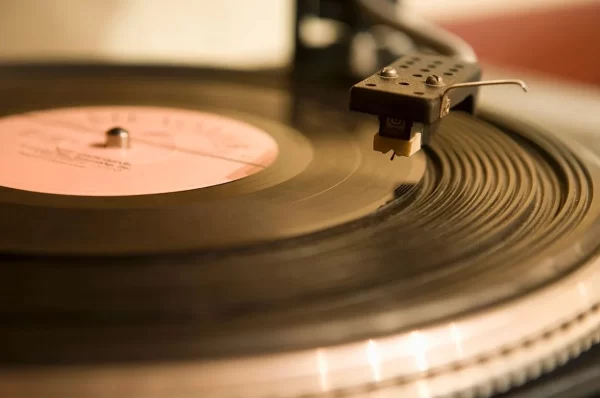Vinyl records are having something of a revival. A few years ago, they were the analogous format, down-trodden and gathering dust in secondhand record shops. Now, the sturdy black disc is collectible once again, no longer something discarded, but rather the focus of collected passion from audiophiles to collectors to casual music fans. Whether you’re clearing out a house, emptying a flat or just handing on a much-loved collection to another ready owner, selling vinyl records can be a physically fulfilling process. But it’s also a business rife with pitfalls, and it pays to have the facts at hand when you’re negotiating.
This guide is going to assist you in the process of selling your vinyl record collection, so you can maximise your sale.
Step 1: Assess Your Vinyl Collection
The first step to selling your vinyl records is assessing their value. Some records may be worth a small fortune, while others might only fetch a few dollars. It’s important to know what you have before diving into the selling process.
- Condition Matters
Vinyl records are graded on a scale, and the condition of the record and its cover will greatly influence its value. The standard grading system includes:- Mint (M): Perfect, never played, and still in shrink wrap.
- Near Mint (NM): Played once or twice but looks perfect.
- Very Good Plus (VG+): Minor signs of wear but still plays well.
- Very Good (VG): Noticeable surface noise or wear, but still playable.
- Good (G): Significant wear and tear, but playable.
- Poor (P): Unplayable or heavily damaged.
Tip: Clean your records and sleeves before inspecting them. A well-presented collection can command a higher price.
- Rarity and Demand
Rare records are generally more valuable, but rarity alone doesn’t always dictate high value. Research your collection using resources like Discogs or Goldmine to identify valuable pressings, rare editions, or in-demand records. Factors that increase rarity include:- First pressings
- Limited edition releases
- Foreign pressings
- Records with autographs or original inserts
- Genre and Artist Popularity
Some genres, like classic rock, jazz, and early punk, tend to fetch higher prices. Popular artists (e.g., The Beatles, Led Zeppelin, Pink Floyd) also usually command higher prices compared to less-known artists.
Step 2: Research Pricing
Once you’ve identified which records in your collection are valuable, it’s time to figure out their market value.
- Discogs
Discogs is one of the largest online databases for vinyl records. It’s an excellent resource for pricing information as it tracks real-time sales. Look for the median sale price for records in similar condition as yours. - eBay
Search for completed listings on eBay to see what records like yours have recently sold for. Pay attention to records that actually sold, as listed prices don’t always reflect market demand. - Record Price Guides
Websites like Goldmine and physical vinyl price guides can also help you assess the value of more obscure or older records. Keep in mind that these prices are typically a starting point, and market demand might fluctuate. - Consult Record Shops
Local or online record shops may offer appraisals. Keep in mind that shops need to make a profit, so they will typically offer 50-70% of the record’s retail value.
Step 3: Decide Where to Sell
Once you’ve done your research and have a good idea of the value of your vinyl collection, it’s time to decide where to sell it. You have a few options, each with its pros and cons:
- Online Marketplaces
Selling online allows you to reach a global audience, but it may require more time and effort.- Discogs: One of the most popular platforms for selling vinyl. It’s free to list, and Discogs takes a small percentage (8%) of the sale. Buyers tend to be knowledgeable, which can result in better prices.
- eBay: Another great option for selling records. eBay has a massive audience, but competition is fierce, and listing fees apply.
- Amazon: Though Amazon allows sellers to list vinyl records, it’s not as popular as Discogs or eBay for record collectors. However, it’s still an option, especially for sealed records.
Pros:
- Reach a larger audience
- Potential to fetch higher prices
Cons:
- Fees for listing/selling
- Shipping can be a hassle, especially for large collections
Local Record Stores
Selling directly to a local record store can be one of the fastest ways to sell your collection. While you may not get top dollar, it’s hassle-free. Some stores may offer store credit instead of cash, so weigh the benefits if you’re a collector yourself.
Pros:
- Quick and easy sale
- No need to ship records
Cons:
- Lower payout
- Limited to local buyers
Record Fairs and Flea Markets
If you enjoy interacting with buyers, setting up a stall at a record fair or flea market might be an option. These events attract collectors, and you can negotiate prices directly with them.
Pros:
- You can sell multiple records at once
- Direct interaction with buyers
Cons:
- Time-consuming
- Must transport records to the event
Private Sales or Social Media
Sometimes, selling privately through social media platforms like Facebook Marketplace or specialized vinyl collecting groups can be effective. Private buyers may be more flexible with pricing, but you must do more work to promote your collection.
Pros:
- Can be more personal, leading to better offers
- No selling fees
Cons:
- Takes longer to find buyers
- Risk of fraud in some cases
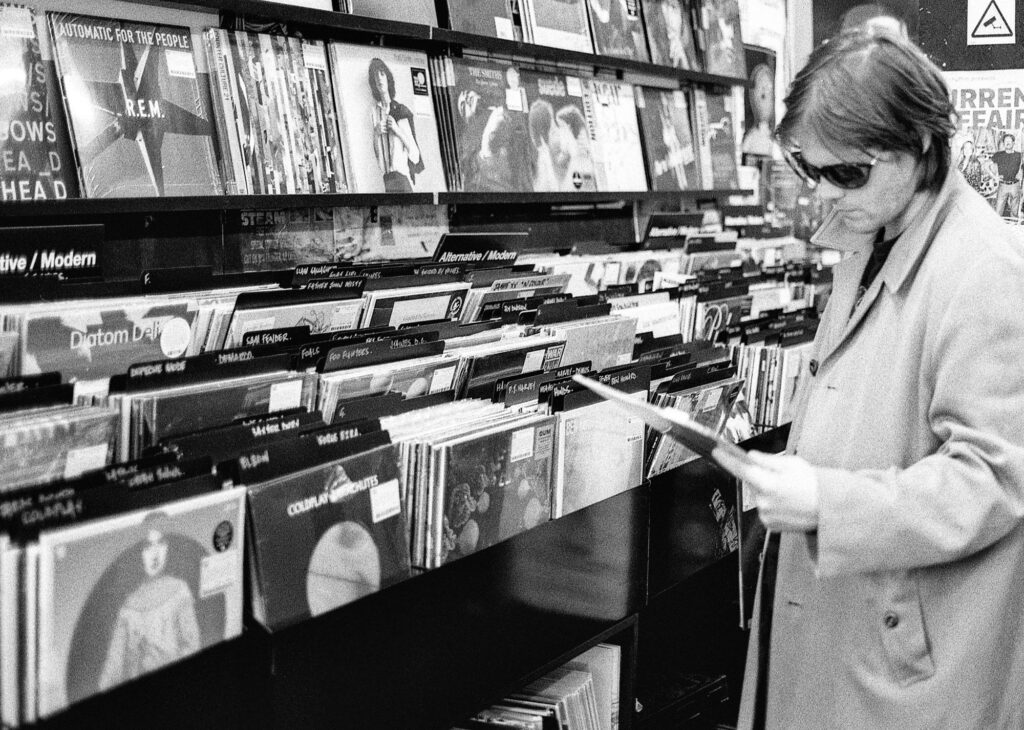
Step 4: Preparing Your Vinyl for Sale
Before selling, make sure your vinyl is well-presented and ready for sale. Clean and re-sleeve your records if needed. Buyers appreciate records that have been taken care of. You might even consider investing in poly-lined inner sleeves to protect your records from future damage during shipping or handling.
- Cleaning
Use a soft, anti-static cloth and a vinyl cleaning solution to gently clean the surface of your records. Avoid using household cleaners, as they can damage the vinyl. - Re-sleeving
Torn or damaged sleeves reduce the value of your records. If possible, replace these with new sleeves, but make sure the buyer knows the difference between an original sleeve and a replacement.
Step 5: Shipping Your Records
If you’re selling online, proper packaging is crucial to ensure your records arrive in good condition.
- Record Mailers
Invest in high-quality cardboard record mailers. They are specifically designed to protect vinyl records during shipping. Avoid using soft or makeshift packaging, as vinyl can be easily damaged in transit. - Secure the Record
Place the vinyl outside of the record jacket during shipping to prevent seam splits. You can also use bubble wrap or cardboard inserts to add additional protection. - Shipping Services
Use a reliable shipping service that offers tracking and insurance. Vinyl records are delicate, and even minor damage can affect their value.
Step 6: Negotiating and Closing the Sale
Negotiating is often part of the selling process. Whether you’re selling to a record store, at a fair, or online, be prepared for buyers to haggle. Here are a few tips for successful negotiations:
- Set a Minimum Price
Know the lowest price you’re willing to accept. This will give you a clear point to fall back on during negotiations. - Be Willing to Bundle
Sometimes selling records as a bundle can attract buyers, especially if they’re looking to start or expand their collection. Offering a small discount on bulk purchases can move more inventory quickly. - Be Honest
Always be honest about the condition of the records. Transparency builds trust and can lead to repeat buyers.
Also Read: – how are vinyl records made
Conclusion
Selling your vinyl record collection can be a rewarding experience, both financially and emotionally. By following the steps outlined in this guide, you’ll be better equipped to assess your collection, determine its value, and sell it for a fair price. Whether you choose to sell online, through a local store, or at a record fair, taking the time to understand the market and prepare your records will help ensure a smooth and successful sale.

An Electronics Engineer & A MBA in Marketing Graduate, Kinjal Gosar is a passionate audiophile herself. Starting her career at India’s biggest Consumer Electronics Retail Chain, her technical knowledge is amazing. Classic Rock has been a huge part of her life and her love for Music has always been evident in all her work. A vinyl collector herself, she loves spreading the joy of analouge while giving nothing but the best to her fellow vinylheads.
